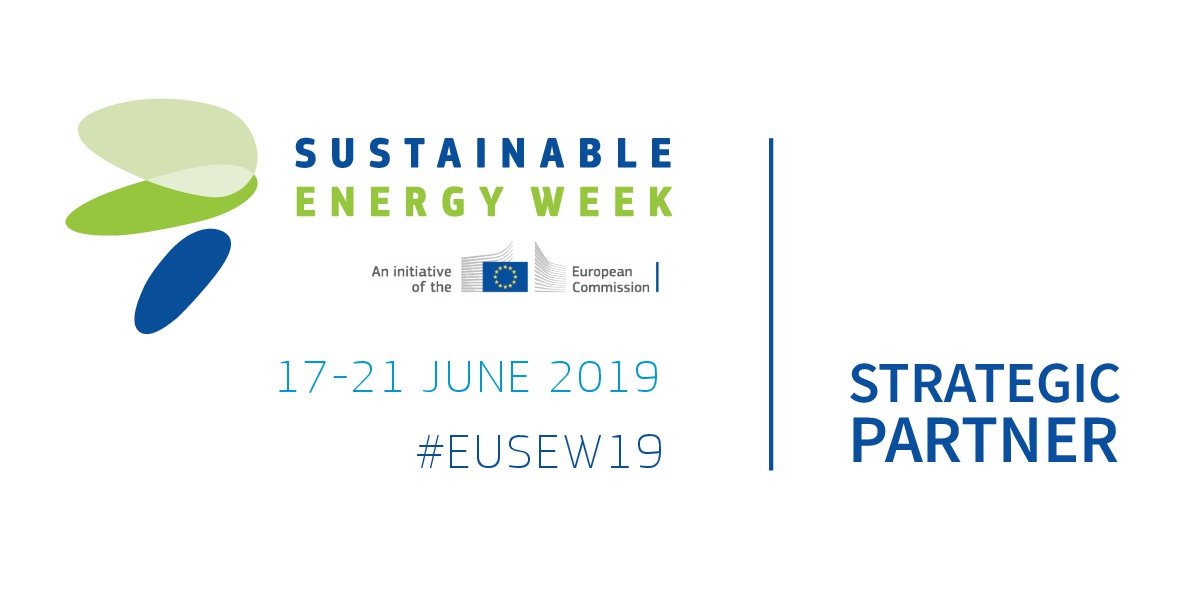
Kamila Waciega, Director, Energy, Public Affairs Department, Veolia
As the European Union is currently discussing its path towards decarbonisation, the essential role of boosting energy efficiency to achieve potential goals for carbon and climate neutrality is unequivocal. In the recently published long-term decarbonisation strategy – a ‘A Clean Planet for All’ – energy efficiency is featured prominently in all eight scenarios outlined by the EU executive, and is specified as the first of seven building blocks identified in the communication. Energy efficiency measures are to play a central role in reaching net-zero greenhouse emissions by 2050, halving energy consumption compared to 2005, in all relevant sectors, in particular in buildings, industry and transport.
Yet, we need a more specific pathway for addressing a sector that currently represents 50% of the final energy consumption – the heating sector. Given its weight in the overall energy mix, and consequently, its tremendous potential for decarbonisation, the heating sector should be the one where energy efficiency efforts are deployed first and foremost. It means not only addressing decreased final energy demand (through an accelerated and thorough renovation of the existing building stocks and the construction of new facilities following the principles of near zero energy buildings) but also and above all, searching for ways to reduce primary energy consumption on the supply side.
Maximising the deployment of renewable energies will imply a continuous fossil fuels and will necessarily contribute towards further electrification across Europe. The former however, might bring challenges as regards the investment costs linked to the increased transmissions capacities, and even more importantly, to proven and flexible infrastructures such as high efficiency district heating networks.
While the sirens of radical modernity are always enticing, in many European countries, district energy enables the selection of an optimal energy mix for a given territory, integrating local renewable energy sources such as biomass, geothermal energy and intermittent renewables. They are also the way to exploit the excess heat that can be found locally – in industrial units, data centres, sewage systems and incineration infrastructures. According to Heat Roadmap Europe, excess heat recovery from industry and heat from power production could cover at least 25% of the district heat production. Also, high efficiency district heating networks are often equipped with cogeneration, i.e. systems generating simultaneously electricity and heat, making possible an effective sectoral integration (especially when coupled with gas networks) and increasing overall efficiency. The role of modern district heating should be further reflected in our common vision for a climate neutral Europe 2050 as many sources of low carbon energy and efficiency potentials might not be feasible without their use.
This article is a contribution from a EUSEW Partner. All rights reserved.
